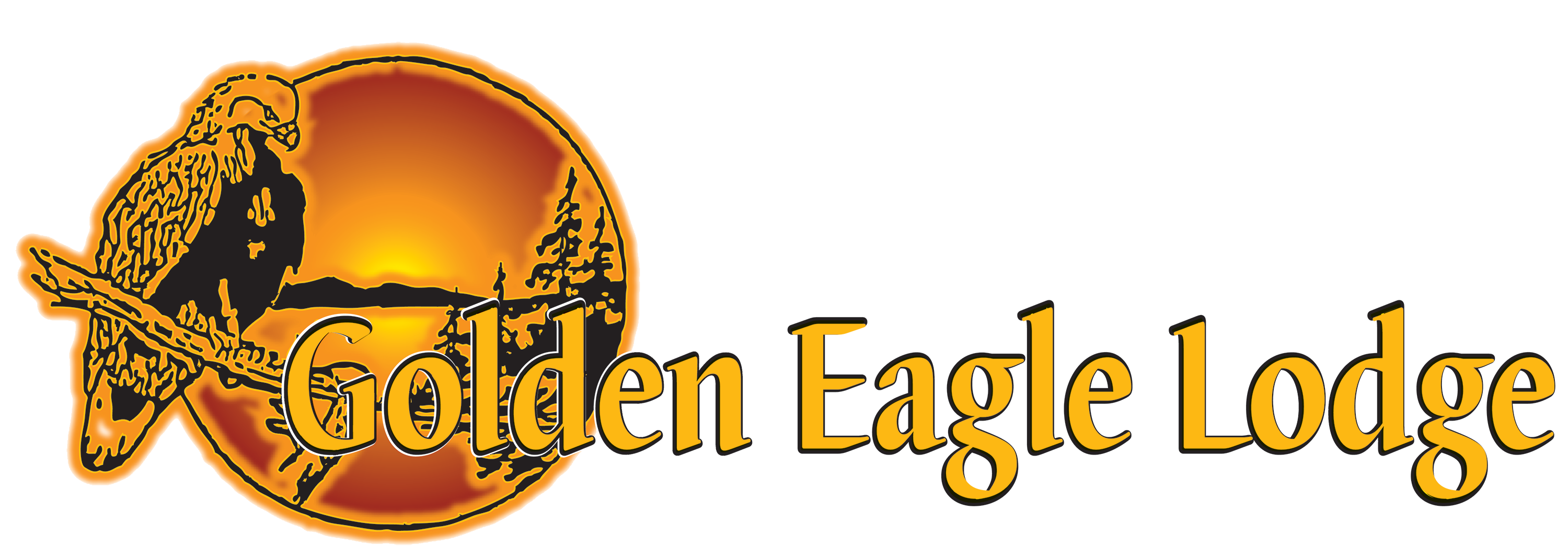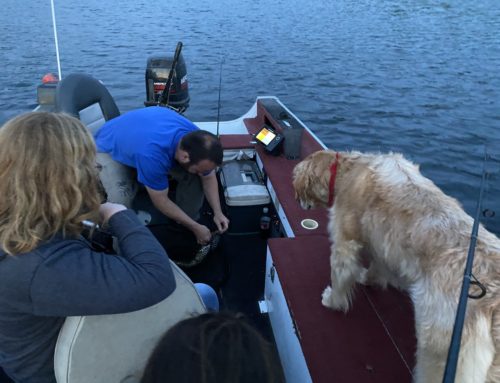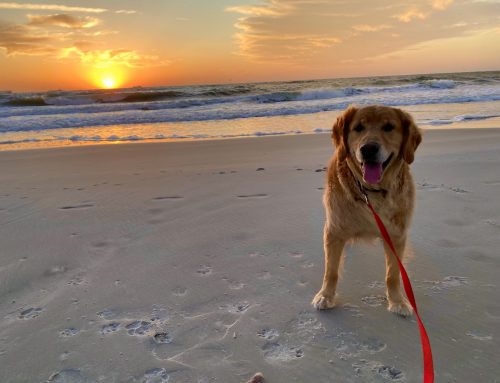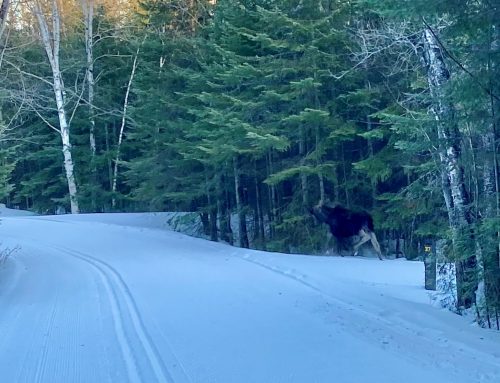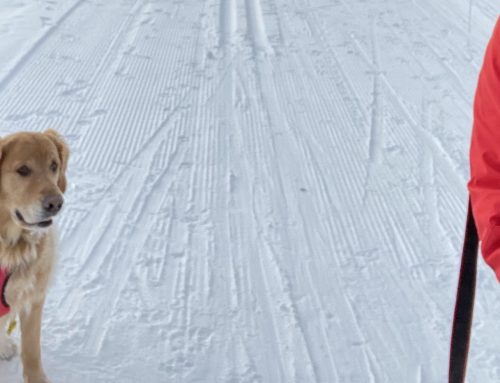The age old phrase “It never rains, it pours,” has never rang truer than this past Monday night. Monday, you might ask, what could possibly go wrong? Good, we are all laughing right now! After no real measurable precipitation since sometime in May, we were in DIRE need of rain. Fire danger was extremely high, and a burn ban had been placed on most of the Superior National Forest, with the exception of Federal Campgrounds and campgrounds operating under Special Use Permits on Federal ground, such as our campground. As some of you may have seen on Facebook, a huge storm blew up on Monday afternoon, dumping over 4 inches of rain in the course of two hours. So here we were in the lodge, rain POURING down, both phones ringing, beloved lodge dog, Whiskey, having a complete panic attack over the nearby lightning strikes, 5 boats not on dry dock and rapidly sinking towards sea level, threatening us with a trip to the bottom of the lake… and then a guest came flying through the door to report a lighting strike across the lake, which left a white pine shouldering, and then bursting into flames. Upon going to investigate the fire, we also found the entire beach was washing into the lake. It seems ironic to be worried about a wild fire amidst a torrential downpour like that, but let’s take a minute to talk about wild fires in the Boreal Forest.
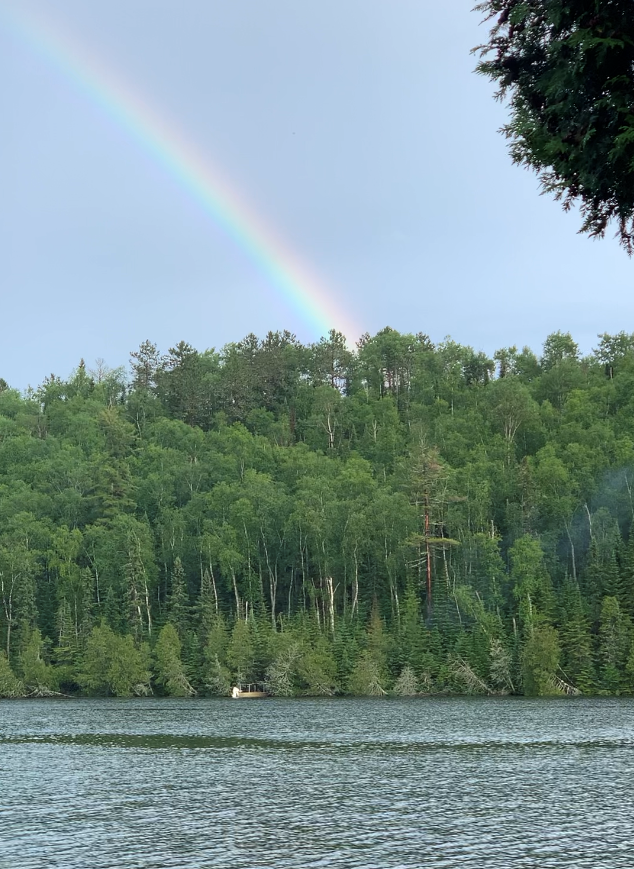 When most people think about wild fires, they think about the cause being the trees, or fuel load. While this is absolutely half of the equation, the other half lies beneath the soil… or in our case, the lack thereof. Much of the land up here is covered by only a few inches of top soil. What this means, is that we can go from total soil saturation to drought in only one week’s time, if conditions are hot and dry. While it is tempting to think “let’s just let nature do her thing” when we see a smoldering tree in the middle of a torrential downpour, if not dealt with, this harmless smoldering tree can become a problem of epic proportions if left unquenched. Trees struck by lightening often burn deep into the ground, and can simmer and smoke for a week before re-igniting and bursting into flames. There’s that magic number again: 1 week. So, a tree left burning in the middle of downpour may cause no real current threat, but left smoldering for a week, we could find ourselves back in drought, and you guessed it! Now the tree re-ignites and starts a forest fire, with plenty of dry fuel to devour in it’s path.
When most people think about wild fires, they think about the cause being the trees, or fuel load. While this is absolutely half of the equation, the other half lies beneath the soil… or in our case, the lack thereof. Much of the land up here is covered by only a few inches of top soil. What this means, is that we can go from total soil saturation to drought in only one week’s time, if conditions are hot and dry. While it is tempting to think “let’s just let nature do her thing” when we see a smoldering tree in the middle of a torrential downpour, if not dealt with, this harmless smoldering tree can become a problem of epic proportions if left unquenched. Trees struck by lightening often burn deep into the ground, and can simmer and smoke for a week before re-igniting and bursting into flames. There’s that magic number again: 1 week. So, a tree left burning in the middle of downpour may cause no real current threat, but left smoldering for a week, we could find ourselves back in drought, and you guessed it! Now the tree re-ignites and starts a forest fire, with plenty of dry fuel to devour in it’s path.
When it comes to fuels, one of our long-term projects around the lodge has been planting red and white pines, beautiful trees that pose a relatively low fire risk, and removing the highly flammable balsams. Quarantine served this project well this year, as we had the opportunity to remove hundreds of balsams around the property without interruption. Check out our burn pile on your way in the driveway! I will say, we are rather proud of it!
The US Forest Service came and put out the lightening fire that night, and they said it was a good thing it was called in, as the tree was hollow and burning 15 feet up in the air, as well as its roots in the ground. They dropped it into the lake to eliminate the danger completely. Rest assured, none of us here got struck by lightening while frantically bailing boats, Whiskey’s panic attack was alleviated by snuggles from one of his favorite employees, and the washed out roads and beaches have been repaired. Overall, it was a win in the end, because the resort has been returned to it’s former state of peace and tranquility, and fire danger has been downgraded to Moderate!
